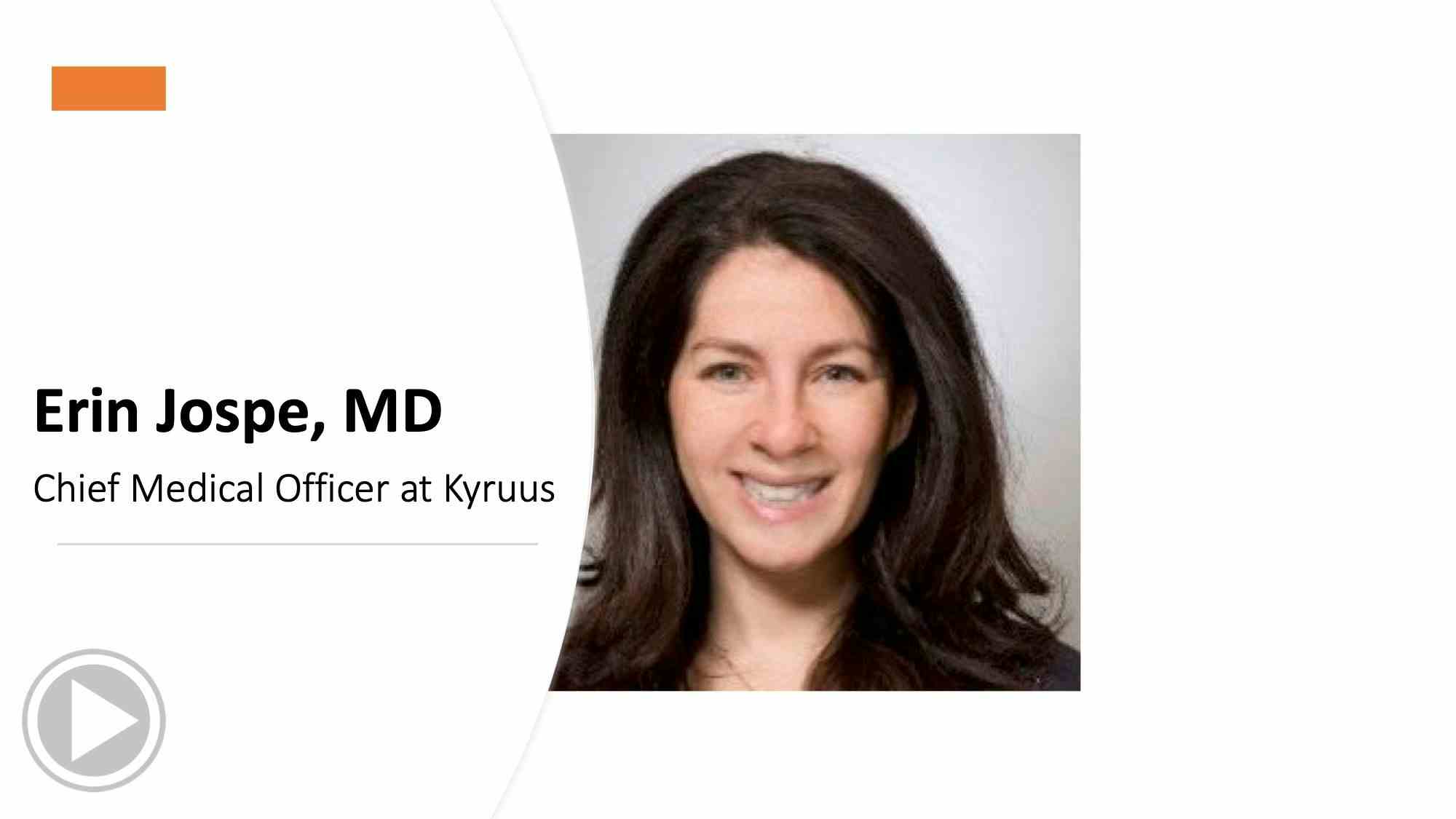Using Mobile Apps to Engage Hospitalized Patients
OhioHealth is using mobile technology to help its patients become better informed on their care, which leads to happier patients and better outcomes.
There’s no doubt mobile technology has changed healthcare, especially for patients. From the ability to make an appointment and fill a prescription to searching for physicians and convenient locations for care, most functions can be achieved by the touch of a screen.
This same ease of use is also extending to patients in the hospital.
James Sturiano is a mobile device deployment manager for OhioHealth, a not-for-profit, large health system based in Columbus, Ohio. OhioHealth is comprised of 11 hospitals and over 50 ambulatory healthcare facilities, serving a 40-county area in Ohio. Sturiano is presenting at the 2016 Health Information and Management Systems Society (HIMSS) conference in Las Vegas. His presentation, "Using Mobile Apps to Create Active Patient Engagement," discusses the revolutionary ways OhioHealth is using mobile health technologies to engage its patients in their own care and streamline work flows for physicians and staff. Sturiano is scheduled to present on March 1, from 11:30 a.m. to 12:30 p.m.
Physicians Practice recently spoke with Sturiano about OhioHealth's use of mobile technology.
Physicians Practice: How is OhioHealth using mobile apps to encourage patient engagement?
James Sturiano: The biggest project is My Chart Bedside. That is an Epic application, one that is sponsored by our EHR. Basically it just gives patients a way to communicate with their caretakers and also get a little more information and education around their care plan. For instance, they are able to pull test results from that application. They can see their schedule of care. One of the things that patients are a big fan of right now, is that they can actually see who is taking care of them. So as people are shuffling in and out of their room, they know their name, rather than having to ask every single time.
PP: How is My Chart Bedside of benefit to the physicians?
JS: More than anything, if we were to call patients customers, if you are working with a customer who is a little more educated on what you are trying to help them with, obviously it helps the process along. Patients are able to ask questions that they didn't necessarily have the information to ask, in the past. The communication with the nurses is obviously important: now they have another way to communicate with the nurse. I think it just makes [patients]them feel more involved in their care, therefore they are better customers.
PP: What device are they using to message nurses through the app?
JS: That would be a tablet. So basically, we've installed the My Chart Bedside app [and] we've installed a portal so that [patients] can sign up for My Chart [the outpatient version of the app] as well. What we are trying to show them is the in-hospital experience, and then when you get out of the hospital, you can have a similar experience in My Chart. We've also included apps for entertainment: Netflix, Angry Birds, Hulu, some news applications, some e-reader applications. Things to help them enjoy their stay.
PP: How do you secure the tablets?
JS: That was probably our biggest challenge. Currently with our MDM [mobile device management] solution, we are able to wipe the tablet after each patient. … When a patient requests a tablet we have the tablet stored in what is called a sync cart, which is basically a storage cart connected to a computer that syncs information to the tablets. So the nurse grabs the tablet and signs in with her enterprise credentials (so we can track who actually distributed the tablet to that patient). At that point, the apps are loaded on and she opens the My Chart Bedside application and helps associate that specific tablet with the patient. Upon discharge, the nurse returns the tablet to the sync cart and it automatically wipes the tablet of all information and resets it back to factory settings.
PP: How do you respond if patients take the tablet when they are discharged from the hospital?
JS: We'll know who has it ... first of all the EHR is only available on our network. So as soon as [patients] leave the hospital they don't have access to anything confidential. If we wanted to recover the device, we do have location tracking enabled on the device. And that also allows us to remotely wipe it.
PP: Do the patients like this service?
JS: They do absolutely. I would say that one of their big favorites is they know who is taking care of them. The lab results and testing schedule has been something else [they like]. They are in a hospital, but they can plan their day, so to speak. The entertainment aspect has been a big fan favorite.




